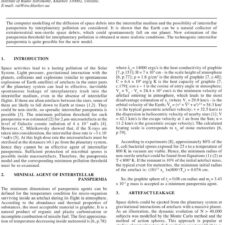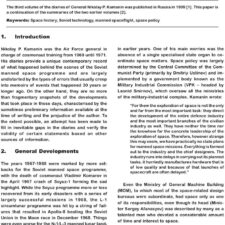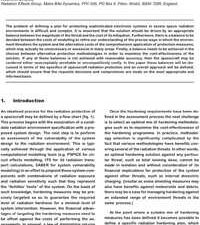Solar Radioation and the Beryllium Hollow-Body Sail – 1. The Ionization and Disintegration Effects
£5.00
R. Ya. Kezerashvili; G. L. Matloff (2007), JBIS, 60, 169-179
Refcode: 2007.60.169
Abstract:
Space-environment effects on beryllium hollow-body sails with hydrogen fill gas unfurled at a 0.05 AU perihelion from initially parabolic solar orbits are considered. The study of the effects of interaction of the solar radiation with the Be sail and the hydrogen fill gas is presented. The diversity of physical processes of the interaction of photons, electrons and protons with beryllium atoms and nuclei, and H2 molecules are analyzed. It is shown that for high-energy photons, electrons and protons the beryllium sail is mostly transparent. The beryllium sail walls will be partially ionized by solar UV. About 20% of the incident low-energy solar electrons will also ionize the beryllium walls. In the worst-case scenario about 25% and 0.3% of all penetrating solar radiation ionizes the hydrogen fill gas for two different spacecraft configurations. Because some products of collisions between high-energy particles and beryllium nuclei are radioactive, some structural weakening of beryllium sails performing close solar flybys might occur. This paper confines itself to the ionization and disintegration effects.





